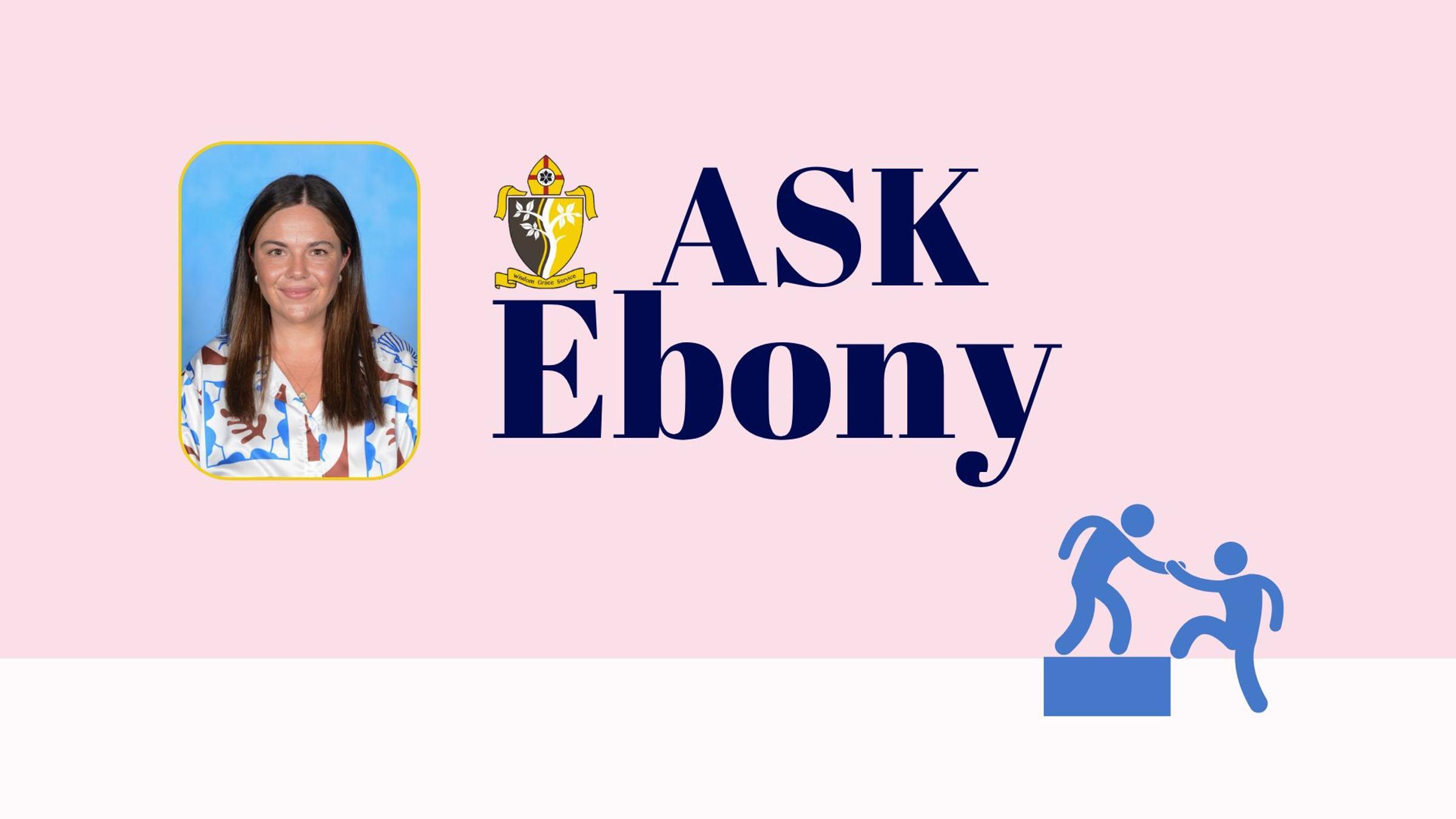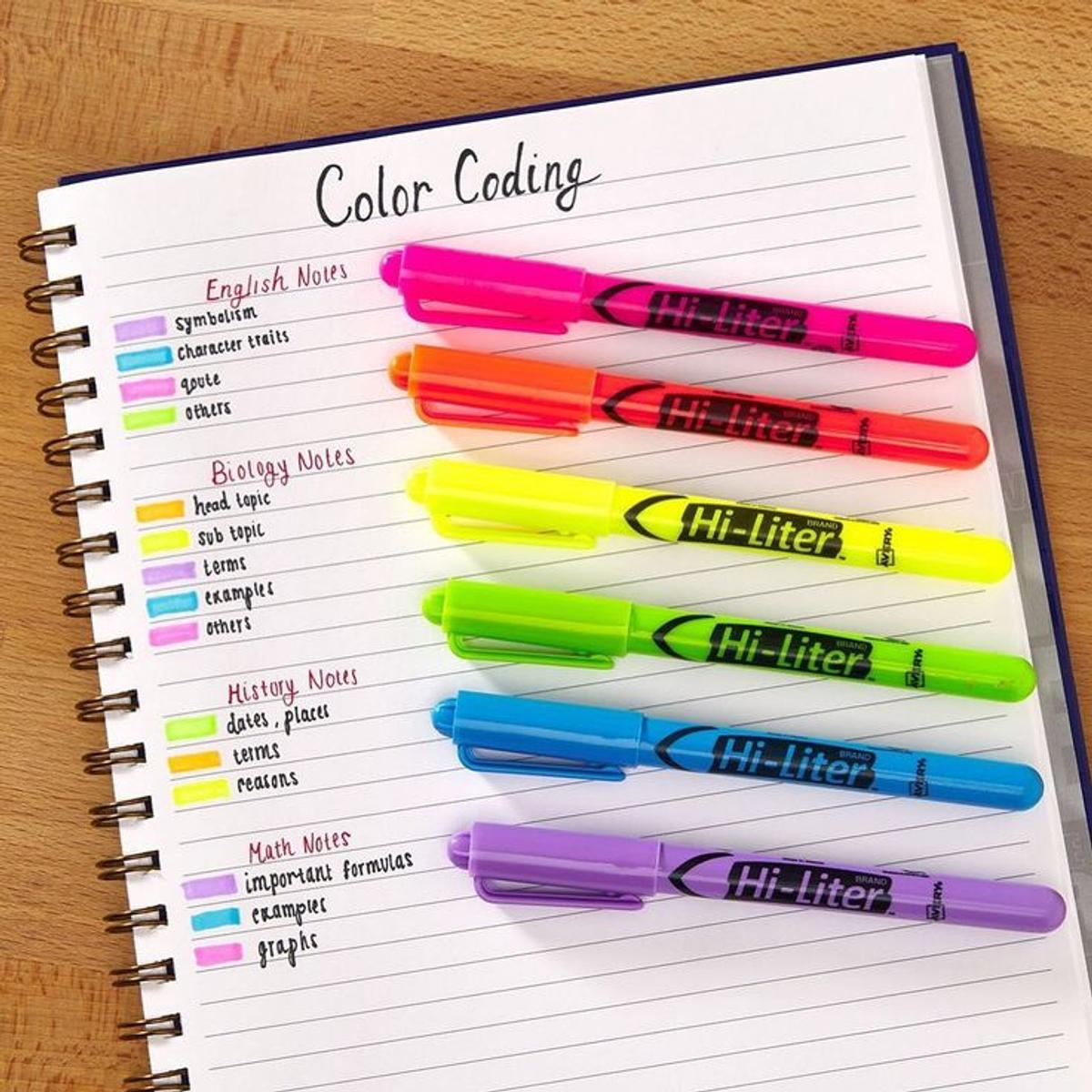Counsellor's Corner
Mrs Ebony Kriedemann

Counsellor's Corner
Mrs Ebony Kriedemann
Over the past few weeks, I have been working with a few students on creating study schedules that actually work for them. What we have found is that once things are out of your head and onto paper, your brain has a bit more room to breathe. It helps ease stress, gives you a sense of control, and makes it easier to see where your time is really going.
When everything stays in your mind, it can start to feel messy and heavy. But when you can see it laid out visually, it becomes much easier to plan, prioritise, and take breaks without feeling guilty.
A visual study calendar or poster does not need to be fancy. It just needs to make sense to you. Some students love using colour, drawings, or sticky notes, while others prefer a simple whiteboard or planner. The main thing is that it’s somewhere you can see it, rather than tucked away in a notebook or app.
Here are a few gentle reminders that have really helped students lately:


Make it visual and easy to follow.
Use colour, highlighters, or symbols to mark subjects and breaks. When you can see what is ahead, it is less overwhelming.
Be realistic.
Do not fill every hour. Start with school hours, meals, and sleep, then add short study blocks. It is about progress, not perfection.


Schedule breaks and things that bring you joy.
Include time to walk, listen to music, game, or see friends. Your brain works best when it has time to recharge.
Write it down.
When you externalise your thoughts, your brain no longer needs to hold onto everything. This frees up mental space for focus and creativity.
Adapt it to your brain.
Everyone learns and focuses differently. Whether you are visual, hands-on, or need a bit more movement or sound around you, build a plan that feels natural for you.
Creating a visual plan is not just about getting organised. It is about being kind to your brain, reducing the noise in your head, and finding a rhythm that helps you feel calm and capable.
If you are not sure where to start, try looking up a few examples of visual study timetables or talk it through with a trusted teacher. Sometimes all it takes is a quick chat or a bit of inspiration to get started.
As always, I am here if you need to chat!
Mrs Ebony Kriedemann
School Counsellor